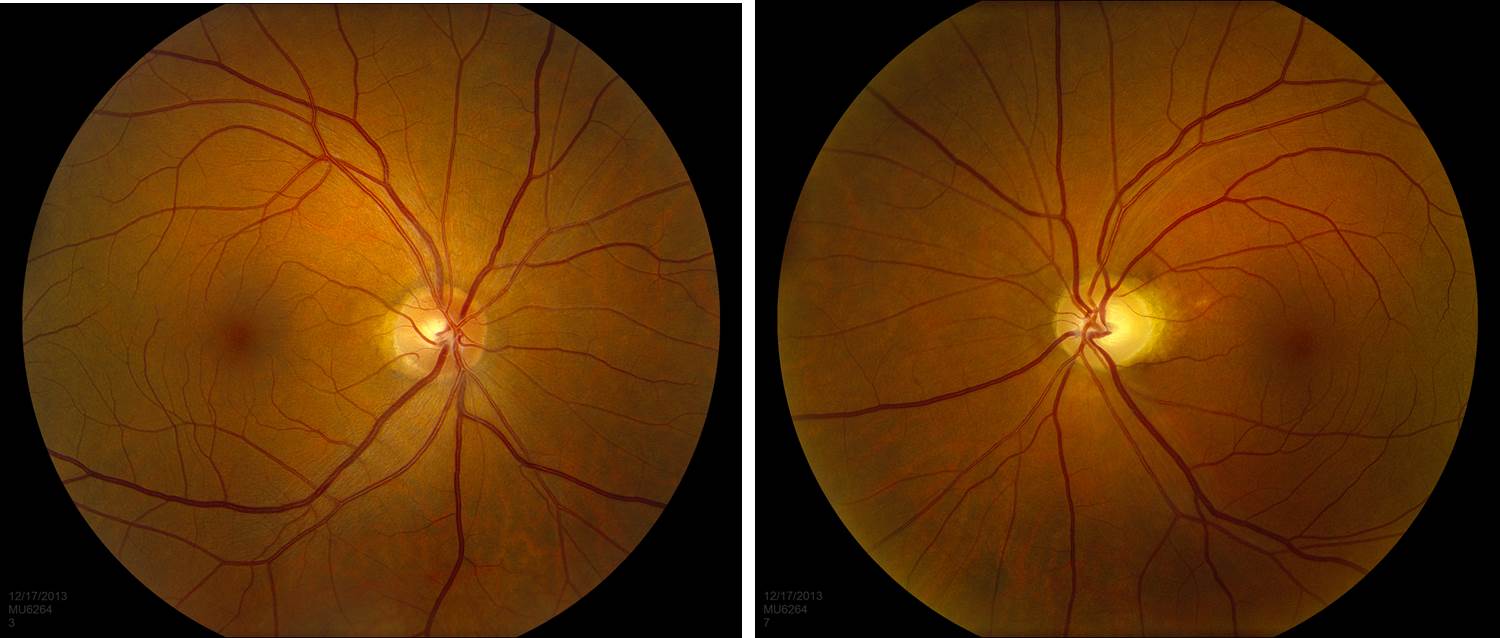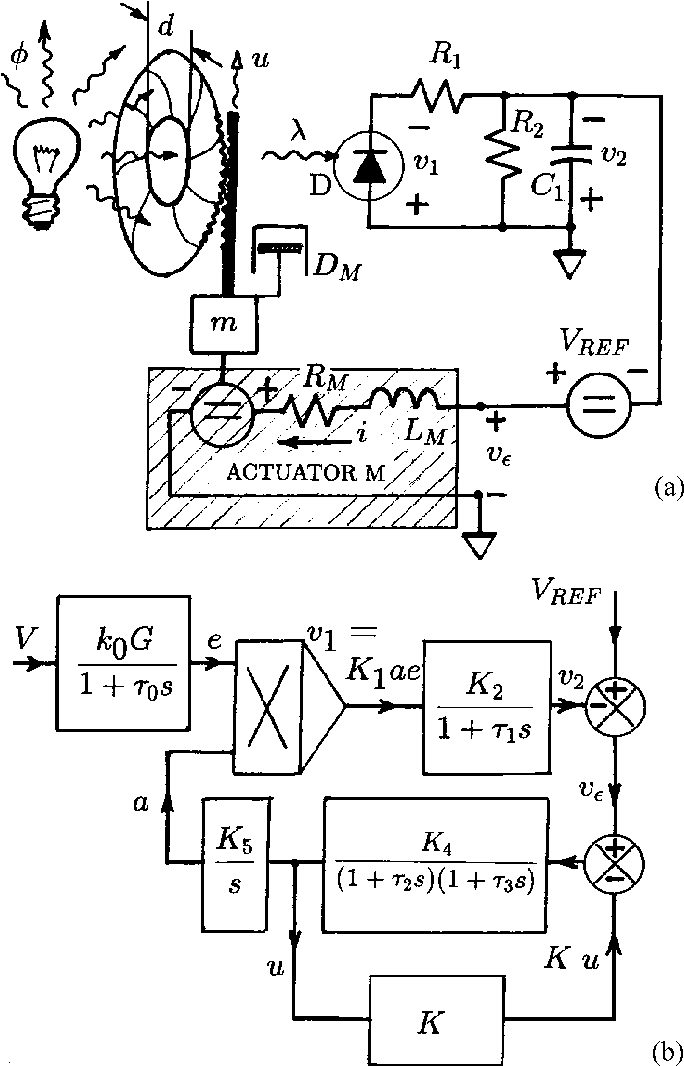
These methods are only used in serious cases, for patients who do not respond to other forms of treatment. However, if flickering light is prevented from reaching the retina of one eye by placing the palm of a hand over that eye, the effects of the flicker are very greatly reduced in most patients.

FLICKER EYE TV
In these cases, twitching may also branch out to other muscles in your face. ASUS Eye Care Monitors Receive Most Number of TV Rheinland Low Blue-Light Emissions and Flicker-Free Certifications. Mild occurrences are very common, similar to the minor muscle spasms most people experience in their arms or legs.Įxtreme cases (or essential blepharospasm) can be much more serious, with severe twitching that essentially forces one or both eyelids to close for seconds or even hours. Generally, there isn't.Įyelid twitches are involuntary muscle movements that happen in one or both eyelids. Most of all, it may make you wonder if there is really something wrong. It is rarely uncomfortable and does not affect your vision- but it can be irritating. Certain medications may be recommended to treat persistent nystagmus, but not all practitioners agree that these medications are effective or that their side effects outweigh their benefits.Sometimes your eyelid simply twitches. Nystagmus is usually temporary and resolves on its own or improves with time. Although it is not typically an emergency, pendular nystagmus should be assessed promptly.ĭepending on associated symptoms, the doctor may order tests such as a brain MRI or blood work to rule out a potentially dangerous cause such as stroke. People experiencing pendular nystagmus for the first time should see a neurologist or neuro-ophthalmologist. When nystagmus is a new symptom and occurs with new dizziness or vertigo, the patient should get prompt medical attention. Pendular nystagmus can result from brain diseases such as multiple sclerosis, but can be a congenital problem as well.


Jerk nystagmus usually results from diseases affecting the inner ear balance mechanisms or the back part of the brain (brainstem or cerebellum). Nystagmus usually causes blurry vision in addition to jumping vision. When nystagmus is related to a problem involving the vestibular system in the inner ear or the brain, vertigo, dizziness or loss of balance are almost always present. Oscillopsia, or the illusory sensation that the stationary visual world is moving, is the major symptom experienced by patients with nystagmus.


 0 kommentar(er)
0 kommentar(er)
